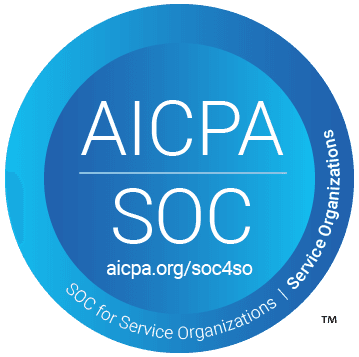Consumer financial protection regulation does not sit comfortably with the growing unease about “phantom debt”. Despite the many consumer-friendly aspects of BNPL (ease of access, lack of interest charges), pay-in-four loans still constitute a form of credit, and the repayment behaviour connected with these products is key to understanding the credit profiles of consumers and allowing lenders (of all stripes) to make the most effective lending decisions.
There are many reasons why the opacity of BNPL transaction data is problematic for the lending market. The impact of this debt on the overall credit profile of the consumer needs to be taken into account not only to gain a holistic view, but also to unlock the huge potential of BNPL as a viable alternative to credit cards. On the lender side, lack of visibility compromises the accuracy of the underwriting assessment. Put simply, better data equals better underwriting.
On the consumer side, financial health advocates and regulatory authorities have raised concerns that some consumers (including those in financial distress) are able to open multiple BNPL accounts and effectively hide this activity from new lenders. The fear is that silo-ing of BNPL transaction data can lead consumers into a pernicious debt spiral. The CFPB refers to this as “loan stacking”: where consumers take out multiple BNPL loans across multiple providers, which are not visible to individual providers at the point of lending and contribute to financial distress (for example, making it difficult for a consumer to keep track of their exposure).
Realistically, this seemingly intractable problem can only be addressed through some method of aggregation of BNPL consumer transaction data. It cannot be solved by individual BNPL providers referring to their own transaction data and/or traditional credit reporting alone.
Qlarifi’s solution
Qlarifi’s data aggregation platform is closely aligned with the BNPL industry’s efforts towards greater transparency and enhanced consumer protection, with the added benefit of helping regulators resolve key consumer protection concerns. It allows BNPL providers to access an overview of a consumer’s BNPL spending without sharing competitively sensitive information or disclosing irrelevant personal information. Functional real time reporting is essential to support this fast-moving industry, as well as robust and secure data infrastructure.
Firstly, Qlarifi can help BNPLs comply with existing regulatory obligations and norms. When done correctly, credit reporting is an important tool for BNPL providers in making underwriting decisions that are compliant with their Financial Credit Reporting Act (FCRA) and Equal Credit Opportunity Act (ECOA) fair lending obligations. It helps BNPL providers make fair and appropriate lending decisions, accurately and efficiently, and provides the data to substantiate those decisions.
Secondly, Qlarifi equips BNPLs to nimbly respond to new regulatory pressures - in particular those highlighted already regarding consumer overextension. Traditional credit scoring legacy systems are less able to keep the pace of innovation in the BNPL industry. Technical capabilities are key here.
There are many benefits which could come from real-time, accurate and secure BNPL reporting. In addition to helping lenders make fairer and more effective lending decisions and stimulating sustainable economic activity, high quality BNPL transaction data present credit building opportunities for segments of society that have traditionally been underserved by banks or have difficulty accessing credit. In time, and supported by appropriate and accurate reporting, consumers with thin or no files should have the opportunity to build their credit score through BNPL transactions. Qlarifi is helping make this a reality.

